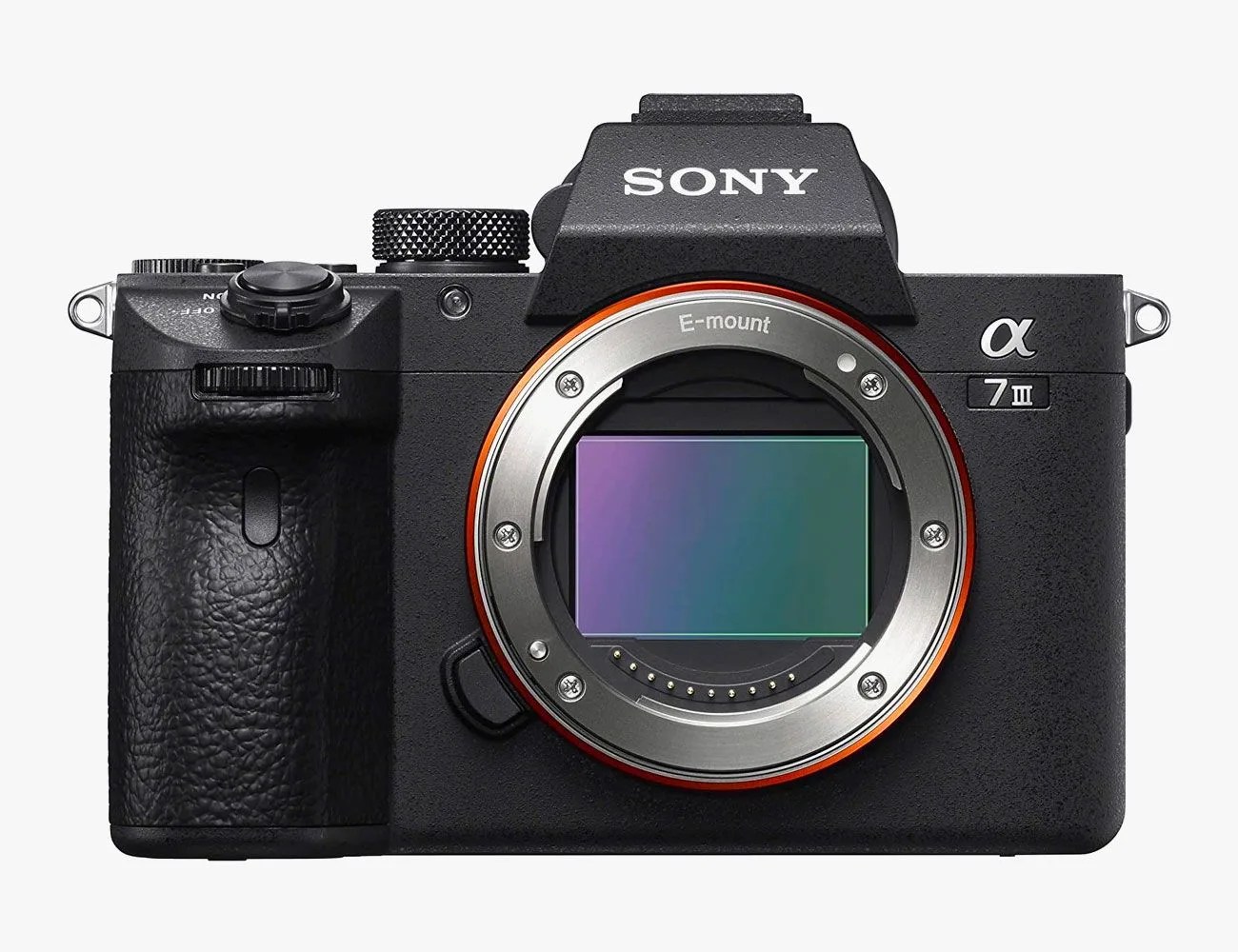Individual cameras can basically virtually forever. A well-kept dry plate camera from the 1860s or a 1960s SLR can still capture images here in 2020. But inevitably, any given camera tech slips off the cutting edge and slides into “vintage” as development stops. That moment may have finally arrived for the DSLR.
In 2020, rumors bubbled up that Canon’s EOS 5D Mark IV, the camera juggernaut’s affordable workhorse of a full-frame DSLR, will be the last of its breed. Now, fresh rumors come that competitor Nikon will also be abandoning the future development of Single-Lens Reflex cameras.
The result? DSLR’s might not quite be “dead.” You can still buy and use them after all. But they’ve almost certainly reached their technological peak.
Released in 2016, Canon’s Mark IV is the most recent in Canon’s line of full-frame DSLRs that dates back to 2005. It was (and is) popular with DSLR die-hards for it more manageable size (and lower price point) compared to Canon’s full-frame flagship 1D line.
Nikon’s last DSLR, the D6, was released in 2020 and is still for sale, while some of the company’s more entry level DSLR offerings have been discontinued. Nikon, for its part, rejects the notion it has abandoned DSLRs. But, as Ars Technica observes, the statement refers to continuing support and sale, but not continuing development.
DSLRs, which share the Single Lens Reflex design of their film-based SLR predecessors, have a host of advantages over smaller “mirrorless” cameras. Their optics allow the operator to see through the viewfinder and directly out the lens for a lagless, high-resolution, no-batteries-required alternative to mirrorless cameras’ “electronic viewfinders” which replace an SLR’s bulky optical mechanism with a tiny screen.

